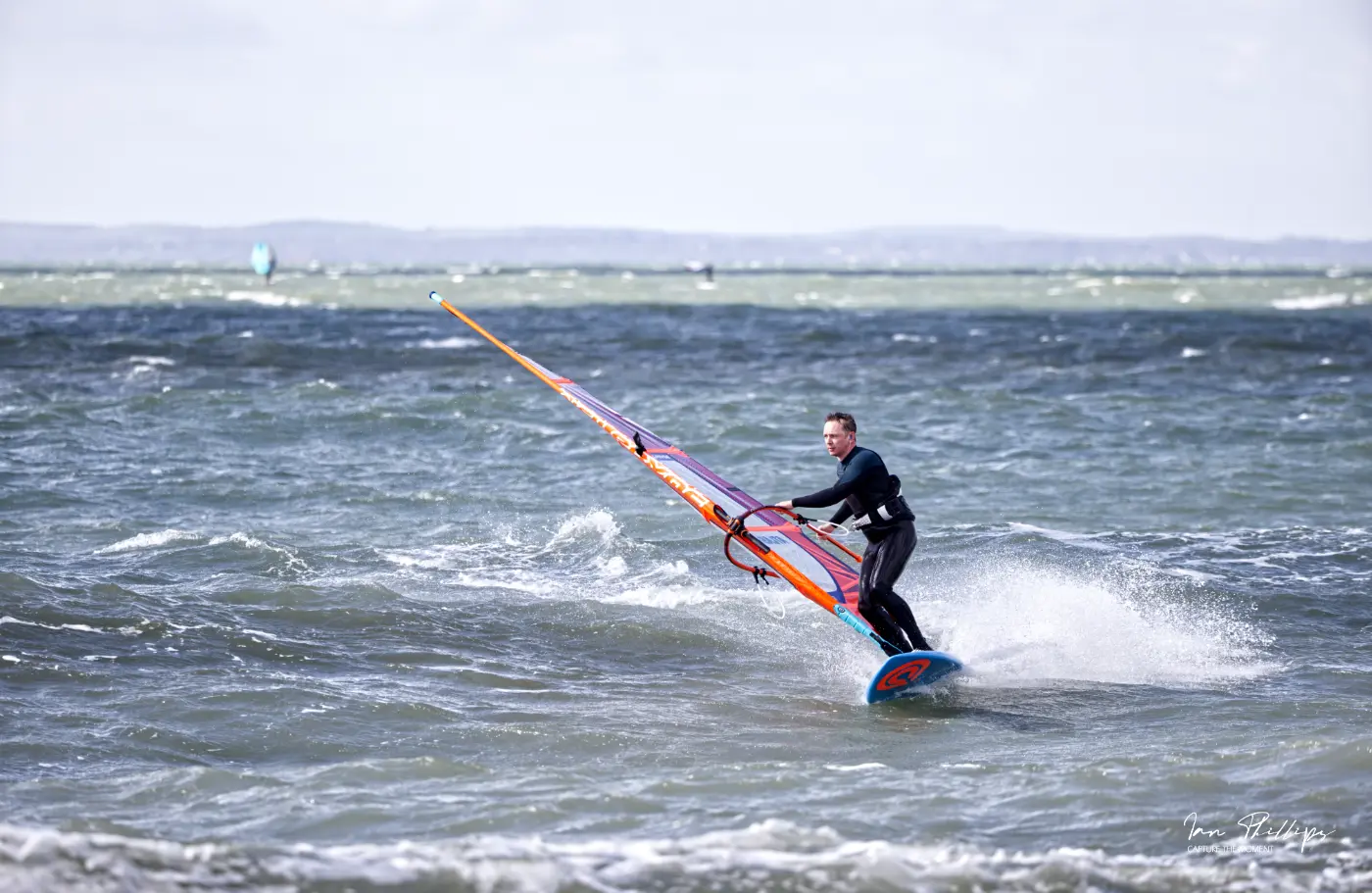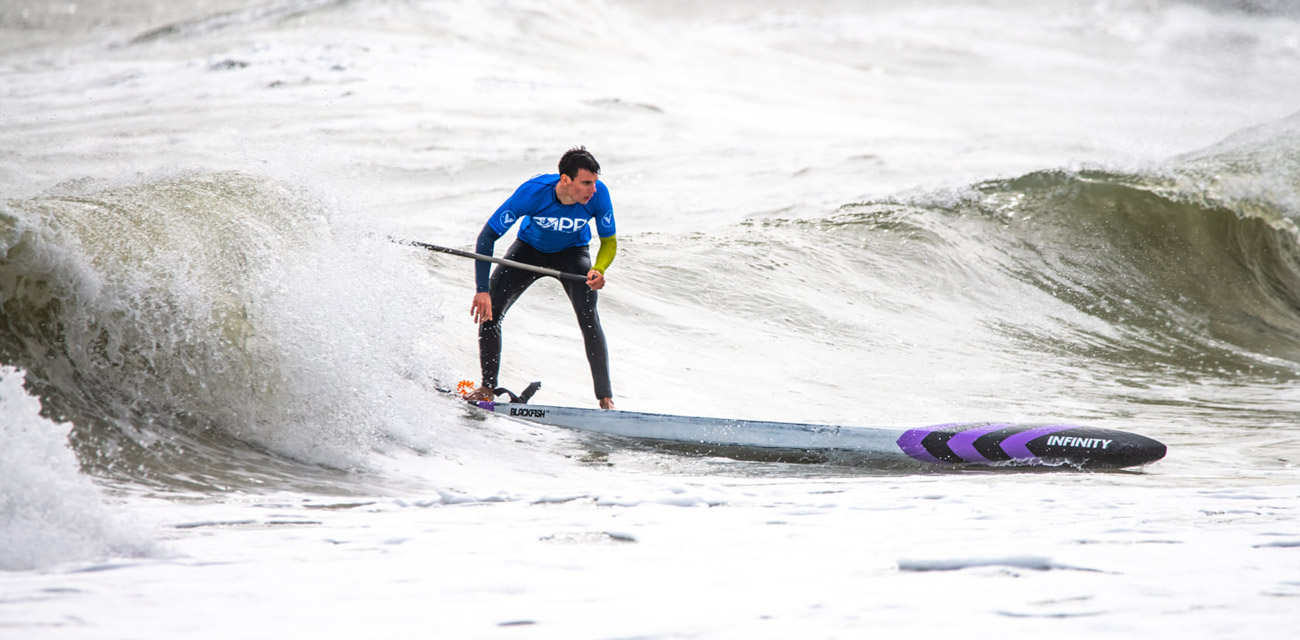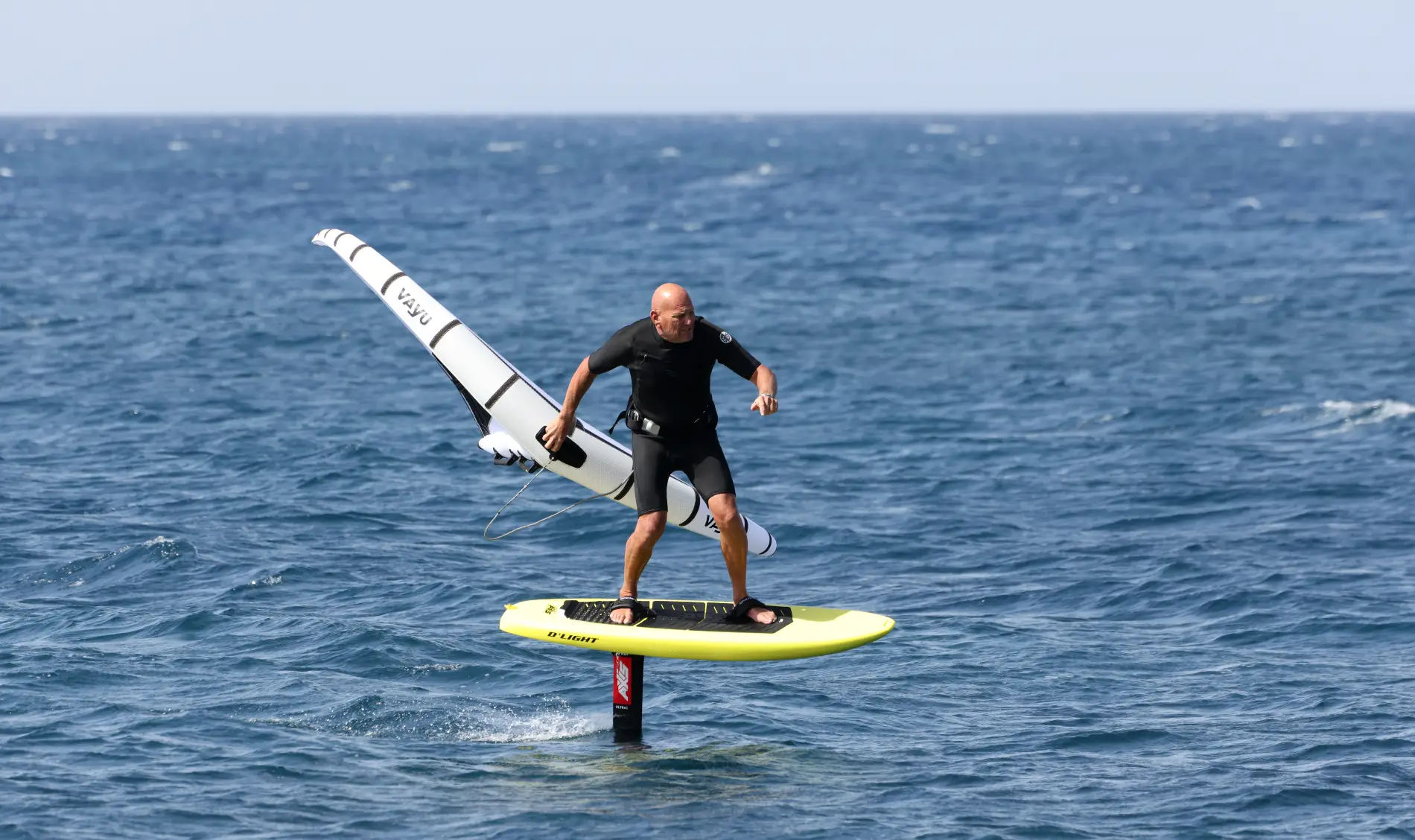If you’re looking to take up a new waterports hobby, you’ve probably asked yourself, which watersport to go for.
Well it’s not so easy as they all have something quite special going for them, but let’s see if we can help you to break it down so you get as much fun out of your chosen watersport, before investing heavily.
What we will do is outline the things to consider and detail our own thoughts as we go.
What is your local watersports venue like?
On the sea…
Are you by the sea on the south coast or similar? If you are then you will find that Windsurfing , Kiteboarding and Wing foiling are well suited on many levels, but you will need to spend time on flatter water.
If we look at our home spot of Bracklesham, where we run wing surfing, wing foiling and windsurfing lessons, I can speak with 100% confidence about how the conditions affect your learning and progression.
When the wind picks up at Bracklesham and the Witterings, it generally blows off the sea and as such the sea gets choppy and rougher. Being a total beginner in any watersport here is tricky so we generally tend to take our clients into Chichester Harbour, where we have flat water. This means, the person can spend time on learning new movements and not simply on balancing.
As your skills improve and you’re foiling or windsurfing and kiting more with greater awareness and purpose, you can start to venture out onto open water, where you will start to encounter chop and waves. This is going to add a new level of complexity, but it is not too steep a learning curve if you take on some lesson time to get the right methods in place.
If you’re a beginner to winging or windsurfing and kiting and hitting the sea, then you’re going to need wind, but not too much wind, but not too little. I know that sounds fluffy, but it’s the truth! As a windsurfer, if you start trying to sail in 20 knots+ on the sea, you’re going to get battered and on a wing you’ll be overpowered. On a kite, you need it to fly so you’d need suitably sized kit to be able to handle it and ultimately could do some basics, but make sure you get plenty of lessons first for the kiting as it is frought with chances of injury and accidents.
Windsurfing on the sea
- Windsurfing – Beginner – 10 knots wind. The sea will be lightly choppy but nothing too tricky if you have spent time learning to sail and control your direction on flat water first.
- Windsurfing – Intermediate – 10 to16 knots wind. The sea will begin to get rougher and you may see white caps on the water. You definitely need to be able to control your steering and need to be using a harness to extend how long you can sail for.
- Windsurfing – Advanced and progressive – 15+ knots wind. The wind is going to be making the water more choppy and you might find small waves, so being able to control your steering, with quite dynamic skills is crucial. You will need to start looking at waterstarting , as uphauling gets more tricky as the sea roughs up.
Wing surfing and wing foiling on the sea
- Wing surfing – Beginner/Intermediate – 10 to14 knots wind. You’ll be using a paddle board or big windsurfing board. With the paddle board you’ll need a centreboard attachment, which will help you to maintain your line and position upwind. Everyone we have taught spend a few weeks sailing and winging with a paddleboard, but soon finds the limitations as the wind and sea state begins to build.
- Wing foiling – Intermediate++ – 16 knots wind. By the time you get to foiling, you’ve already spent time learning to handle the wing and so getting on the foil is the next learning component. It can be tricky on the sea as the swell and chop can make launching harder and sailing as well. You’re not only trying to maintain balance, but are having to chase the swell peaks and troughs so you don’t breach.
Kitesurfing on the sea
At a lake or inland water…
If you’re inland then you have different number of things to consider.
1) Does the water allow kiting – a lot of inland waters don’t allow kiteboarding.
2) Is the wind clean – what I mean is, if the lake is relatively small and surrounded by trees, then you’ll most likely get wind shadow, so windsurfing is definitely going to be the best option here.
We have a lake near us in Bracklesham Bay, that is fairly big and would certainly work for wingsurfing, wingfoiling and windsurfing, but for obvious reasons it was would be dangerous to try and kite at this venue.
When the wind picks up on inland waters. it is fari to say that the waterstae is much smoother than on the sea, so would be better off windsurfing on slightly bigger freeride kit or a slightly bigger foil. This will help you to account for the lulls in wind.
As your skill improve, you’re not going to want to step down to the type of kit we use on the sea as it really isn’t suited to flat water blasting so much.
The great things with being on flat water is you can look at windsurfing or even wing foiling freestyle, if you progress to that super level.
Windsurfing on inland waters
- Windsurfing – Beginner – 10 knots wind. The water will be super flat so you’ll have no chop and life will be easy. Something like a big learner board to aid progress, but make sure you’re drilling those skills properly and don’t get lazy. This is when you want to be getting the muscle memory going.
- Windsurfing – Intermediate – 10 to16 knots wind. Unless you’re on more inland water, the conditions will be still be fairly flat, but you’ll be able to really drive the board and practice fast tacks, gybes and sail tricks that are all good practice for moving into higher winds. Work the board hard and try to work out how to gain the max power from your sail.
- Windsurfing – Advanced and progressive – 15+ knots wind. There’s lots you can do when the winds pick up. Beach starts, waterstarts are a real must – I remember the first day i tried waterstarting over 40 years ago and i even remember what part of the lake I was in. Stance, power control, harness, even footstraps should be something your working on every time you sail.
Wing surfing and wing foiling on inland waters
- Wing surfing – Beginner/Intermediate – 10 to14 knots wind. On inland water and without chop your progression should be pretty quick, but make sure you have a centreboard, as the paddlebaords tend to slide sideways if the wind drops and you’ll never make it back to your start point.
- Wing foiling – Intermediate++ – 16 knots wind. There’s nothing stopping you from progressing quickly on the foil when the water is flatter. Just make sure your inland water is deep enough and doesn’t have any snags to crash your foil into as that is an expensive mistake. Certainly go with a slightly bigger wing to counter any lulls in the wind.
The upshot is you need to do what suits where you are
I’m always going to favour windsurfing, just for the rawness of it, but wing foiling has opened up a whole new wind range for us when it isn’t blowing enough for our wave boards.
Whatever you choose to do, get some lessons. If you join Surfs SUP Watersports for windsurfing lessons or wing surfing or wing foiling lessons, we’ll make sure you go away with a good direction in basic principles as they form the foundation for faster and solid progression.




